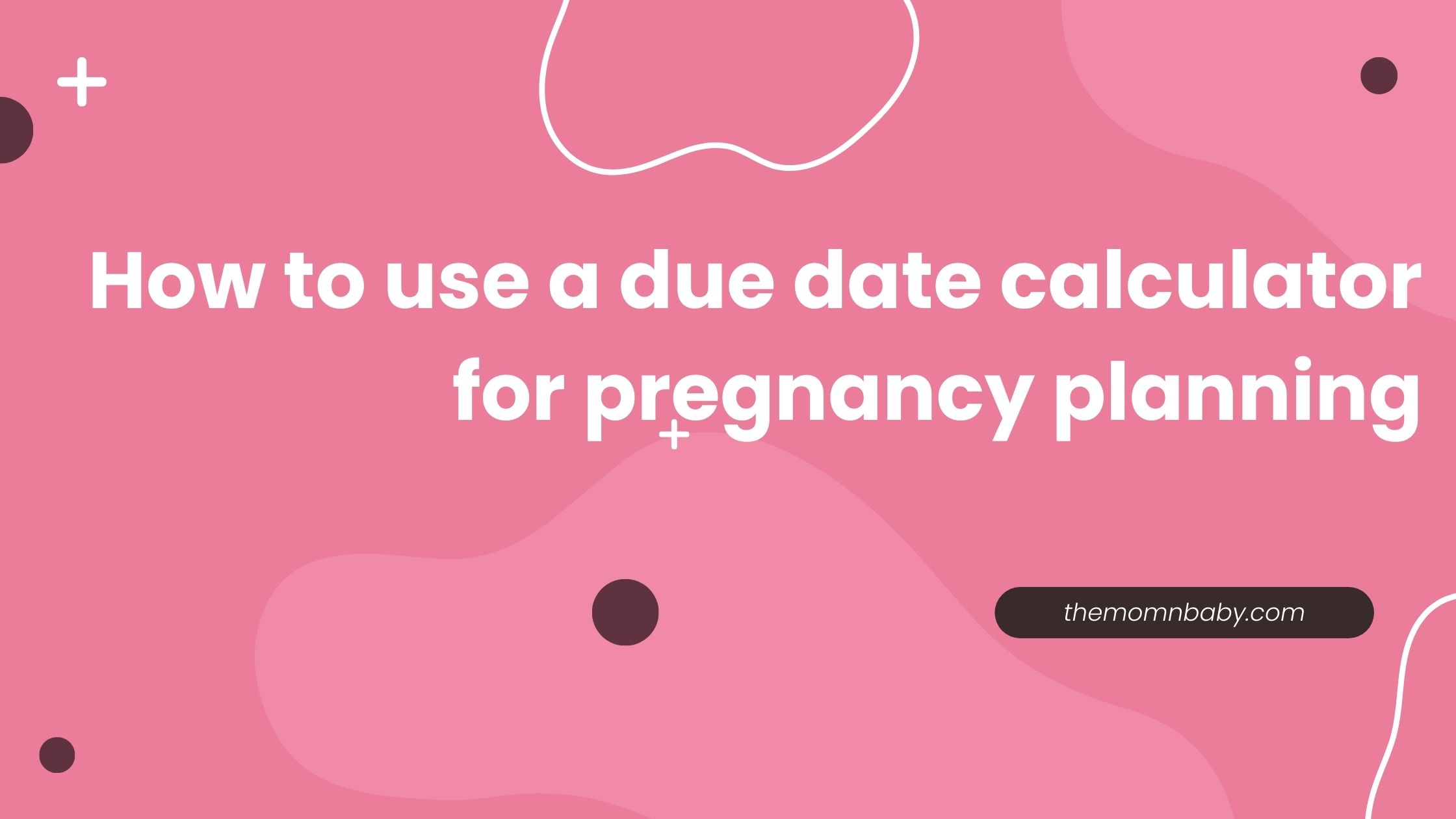Sometimes, babies are born earlier than expected, and this is called premature or preterm labor. It can be scary for parents because they aren’t ready for the baby to come so soon. But there are things doctors can do to help.
Understanding about preterm labor
Firstly, some women are more likely to have preterm labor, and doctors can try to prevent it in those cases. If it does start too early, before 37 weeks of pregnancy, there are treatments that might be able to slow it down or stop it.
It turns out that around 12 out of every 100 babies are born prematurely. That’s according to doctors who specialize in pregnancy. About half of these early births happen because of early labor.
Now, here’s something important to know: just because a woman has early labor doesn’t mean she will have the baby right away. In fact, sometimes it stops by itself, or doctors can use treatments to make it slow down. Most of the time, within a week after preterm labor starts, about 90 out of 100 women don’t actually give birth. So, there’s hope and help for moms and babies even if preterm labor begins.
Causes of preterm labor and premature birth:
1. Multiple Pregnancy:
– Carrying twins, triplets, or more increases the likelihood of preterm labor due to the added strain on the uterus.
2. Infections:
– Certain infections, especially those affecting the reproductive system, can lead to premature contractions and labor.
3. Cervical Problems:
– Issues with the cervix, such as it being too weak or opening too early, can result in preterm labor.
4. Preterm Labor and Maternal Age:
– Women of advanced maternal age (typically over 35) face a slightly higher risk of preterm birth.
5. Smoking During Pregnancy:
– Smoking is a significant risk factor, as the chemicals in cigarettes can negatively impact pregnancy and increase the chances of preterm labor.
6. Chronic Stress:
– Prolonged or chronic stress may contribute to hormonal changes that can trigger preterm contractions.
7. Gestational Diabetes:
– Diabetes that develops during pregnancy, if not properly managed, can be associated with preterm birth.
Understanding these factors allows healthcare providers to identify and manage potential risks, offering better care and support to pregnant individuals to mitigate the chances of pre-matured labor and promote a healthy pregnancy.
Read More : Understand the risk of Pre-matured delivery
About treatments to prevent preterm birth and signs of preterm labor:
Take charge of your pregnancy adventure! Explore how to protect those special moments by learning about treatments that prevent preterm birth and recognizing the early signs of preterm labor. Your active involvement in this important journey ensures a strong foundation for a happy and healthy pregnancy.
Treatments to Prevent Preterm Birth:
1. Progesterone:
– Progesterone is a hormone that can be used to prevent miscarriage and preterm birth. Studies have shown its effectiveness, especially in women with short cervixes, whether they are carrying one baby or twins.
2. Cerclage:
– Cerclage involves placing a stitch in the cervix to keep it closed. While cerclages have been used for a long time to prevent preterm birth, research suggests that, especially in pregnancies with one baby, progesterone may be just as effective.
3. Bed Rest:
– Bed rest is often recommended for women at risk of preterm birth due to various factors such as multiple pregnancies, eclampsia, preeclampsia, heavy vaginal bleeding, abnormal cervical changes, fetal development issues, placental complications, or gestational diabetes.
Read More : Which Household Cleaners Could Hurt Your Pregnancy? | Safe Cleaning
4. Healthy Pregnancy Habits:
– Maintaining good prenatal medical care, staying hydrated, avoiding smoking and alcohol, eating nutritious foods, and taking prenatal vitamins are healthy habits that can lower the risk of preterm labor.
Signs and Symptoms of Preterm Labor:
1. Contractions of Preterm Labor:
– Five or more contractions within an hour can be a sign of early labor.
2. Watery Fluid:
– Watery fluid from the vagina may indicate that the amniotic sac has broken, a sign of possible preterm labor.
3. Backache:
– A dull backache below the waist that may come and go or be constant could be a symptom.
4. Cramps:
– Menstrual-like cramps in the lower abdomen may be a sign of the uterus contracting prematurely.
5. Pelvic Pressure:
– Feeling pelvic pressure, as if the baby is pushing down, is another indication of possible early labor.
What actions to take if you suspect you are experiencing preterm labor:
– If you suspect preterm labor and are at risk, your doctor or midwife may perform a fetal fibronectin test. This test checks vaginal secretions for a protein that may indicate imminent labor.
Knowing these signs, seeking prompt medical attention, and following recommended treatments can significantly contribute to managing and preventing preterm birth.
General Treatments for Preterm Labor:
1. Bed Rest:
– Resting in bed is a common recommendation to help slow or stop contractions.
2. Pelvic Rest:
– Avoiding activities that could stimulate the uterus, known as pelvic rest, is often advised.
3. Hydration can be cause of Preterm Labor:
– Staying well-hydrated, sometimes through intravenous fluids, is another measure to slow or stop contractions.
4. Antibiotics for Ruptured Membranes:
– Women experiencing preterm rupture of membranes may be prescribed antibiotics to prevent uterine infections, which can lead to preterm birth. Antibiotics can also prolong pregnancy in those who have had a preterm rupture.
Medications for Stopping Preterm Labor:
1. Tocolytics:
– Tocolytics are drugs that doctors use to slow or stop uterine contractions. The main goals are to delay birth long enough to transfer the mother to a hospital with a neonatal intensive care unit (NICU) and to enhance the baby’s lung development with steroids.
2. Magnesium Sulfate:
– One common tocolytic is magnesium sulfate, which serves a dual purpose. It has the potential to avert seizures in women diagnosed with preeclampsia and lower the likelihood of cerebral palsy and other neurological disorders in premature infants.
3. Other Tocolytics:
– Nifedipine and terbutaline are other medications used as tocolytics. These drugs, originally designed for heart and lung issues, are effective in inhibiting uterine contractions.
It’s important to note that stopping early labor can be challenging, especially if the cervix has already started to dilate. The focus is often on delaying birth for as long as possible to allow for appropriate medical care and support for both the mother and the premature baby. These treatments aim to strike a balance between delaying labor and ensuring the health and development of the baby.





